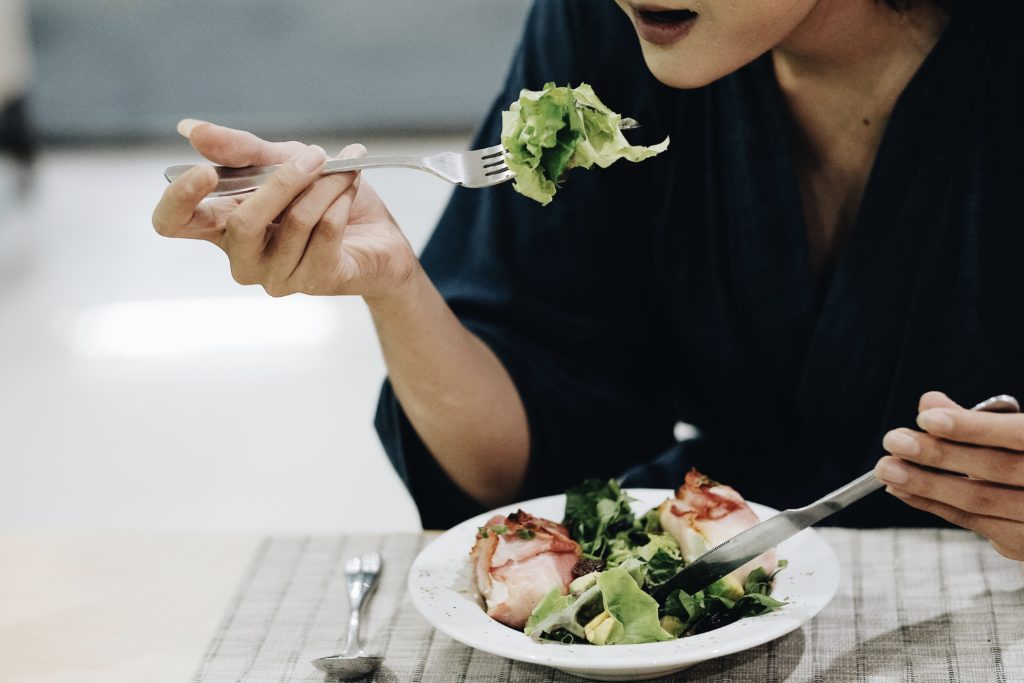Is saving money a struggle? Maybe it’s hard because you don’t have much money to begin with. Or, maybe you always lose keep track of your spending. Either way, there’s a new Japanese lifestyle trend called kakeibo to help you save money in a super simple way.
The kakeibo journal was created by Japanese journalist Hani Motoko, back in 1904 to help fellow women stay on top of their finances. Now that Motoko’s kakeibo is available in English, Western women can learn these Japanese secrets to managing their finances.
Here are the basic principles in kakeibo.
Focus on spending instead of saving
You earn money to enjoy life. But if saving money is all about deprivation and denying yourself enjoyments, it will make saving money a chore. Instead, think of saving as a way to make life’s enjoyments possible.
Pen-to-paper tracking
When you physically write things down, it will bring you into closer contact with your actual spending habits. Writing down your spending can also help you observe your habits in a calm and quiet way.
Identify “musts” versus “wants”
Much like Mari Kondo’s The Life-Changing Magic of Tidying Up, the kakeibo is a way to declutter your finances. One way to do that is to get clear on things you must have versus things you want to have. As we all know, these things aren’t one and the same, and journaling your expenses can help you figure that out.
Cash over cards
According to kakeibo, spending with cash rather than credit cards can help us be more accountable. One tip in the book is to withdraw a set amount of cash, divide it into categorized envelopes, and only use this money when you shop.
Monthly reflection
The final principle in kakeibo is to reflect back on your spending and saving every month. This helps you identify your weak spots, your proud moments and your progress.
Curious to give it a try? Check out Kakeibo: The Japanese Art of Saving Money on Amazon.




